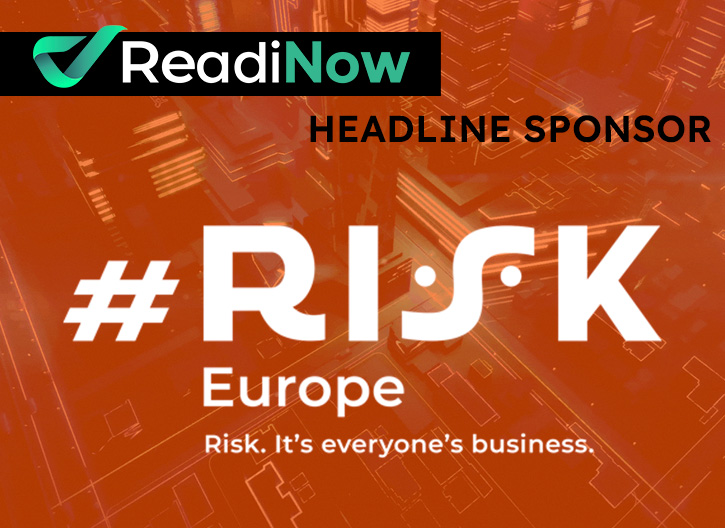Risk analytics isn’t a new development. What is new, however, are today’s regulatory challenges and the increasing volume of data organisations need to manage as they undergo digital transformations. It has led to a renaissance in analytics technology, with risk management going to the top of the ‘must-do better’ list for CIOs, CEOs and executive teams everywhere.
You only need to look at the Facebook Cambridge Analytica data scandal to see why. It eventuated because Facebook failed to maintain their data controls and risk scenario probabilities accurately. Since then they have put risk management at the top of their agenda. It’s a lesson all companies can learn from.
Time to let go of old approaches
As organisations grow increasingly larger and more complex, and many expand globally, risk management becomes even harder due to the sheer number of departments, tasks, data, resources and stakeholders.
The complexity of these company silos means many risks are not visible, leading to risk management by intuition or instinct. It also means organisations are heavily reliant on leaders at the business unit level to monitor, assess and report risk. It makes it virtually impossible for executives to construct an enterprise-level view of risk that spans all the different parts of the business.
At the same time, CEOs and CIOs are being asked to provide more then ‘intuition’ or ‘guesswork’ when it comes to limiting their risk exposure. There’s a demand for hard data, better insights into the level of risk versus return, and calculated predictions of future risks and scenarios long before they become reality.
Boards and executive teams want to integrate risk ‘intelligence’ into their strategic decision making, and the decisions their different business units take.
No wonder so many CIOs are abandoning their old risk management approach and turning to risk analytics.
A complex situation needs a clear, single view.
Risk exposure is heavily influenced by the increasing volumes of structured data (such as databases) and unstructured data (such as online sales, websites, social media and blogs) that organisations now deal with in the new digital world.
Risk analytics tools, like those built into ReadiNow’s software platform, make it possible to integrate and compact this data from across the organisation into one central platform. This gives executives and risk professionals a single, unified view – one clear, concise baseline for measuring risk across the whole business – meaning everyone is now on the same page, looking at the same picture.
This holistic, single view is how ReadiNow helps make it possible to measure, quantify and predict risk with more certainty than ever before.
It helps CEOs and CIOs better analyse the data, gain valuable cross-enterprise insights into potential risk, calculate likely scenarios and formulate better action and contingency plans. It’s the smart way to make your organisation more risk-smart.
Starting is easy
While risk analytics can seem daunting and confusing, the truth is its easier to implement than you think and the rewards are immense to your organisation. It can help you avoid risks that threaten the reputation and profitability of your company.
At ReadiNow we tailor the solution relevant to the needs, size and complexity of your organisation. Often we may start with a small project, then continue to expand as internal capabilities increase.
To learn more about ReadiNow's GRC solution request a demo at www.readinow.com
Written by Darren Jacobs,
Chief Product Officer at ReadiNow Corporation
Share this blog with others
Follow us on LinkedIn
Follow UsWritten by Darren Jacobs,
Chief Product Officer at ReadiNow Corporation
Share this blog with others
Follow us on LinkedIn

.jpeg)











